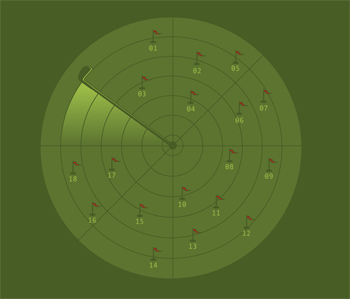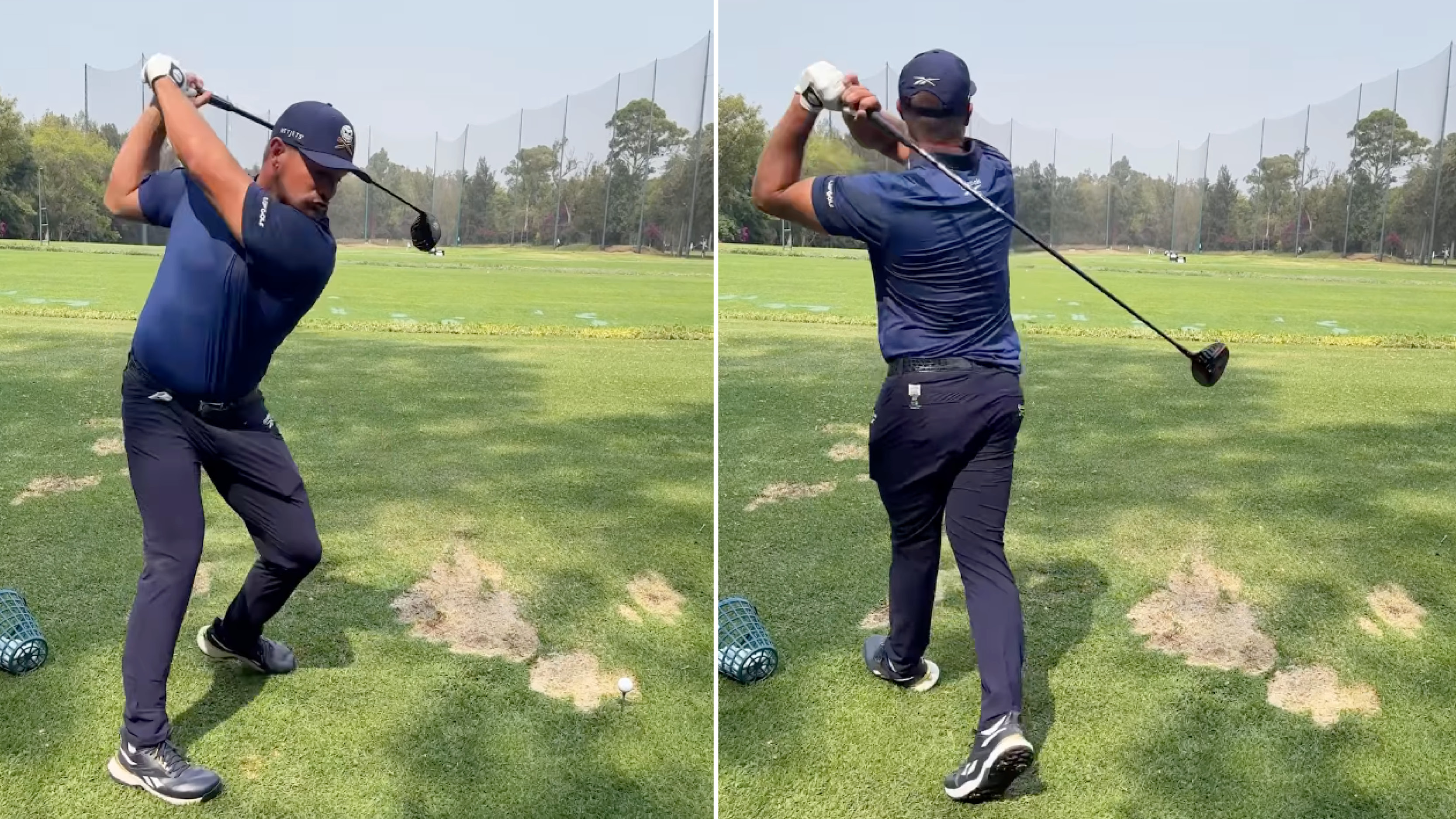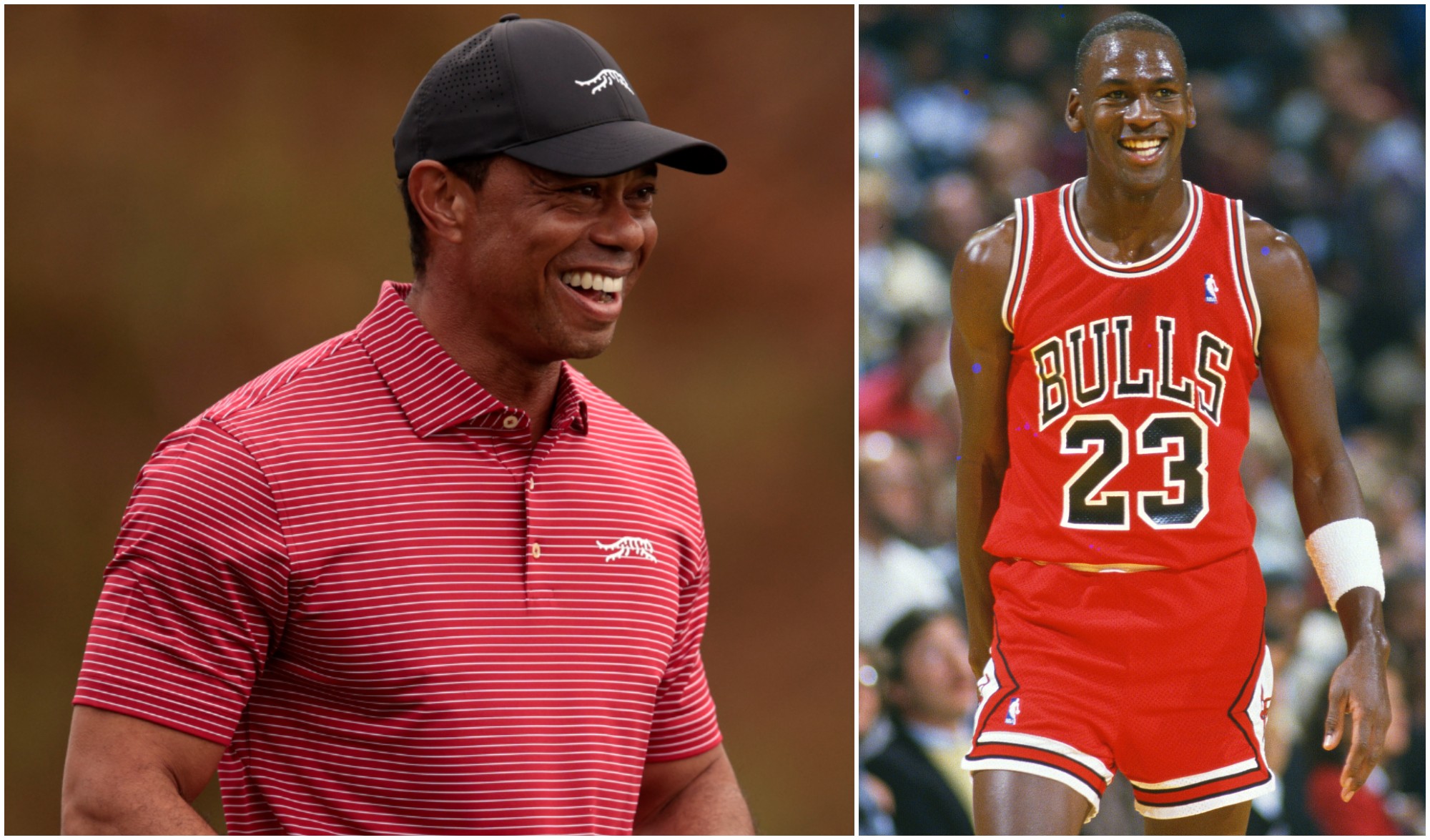Spatial awareness in golf
Great vision does not simply come with knowing what is in front of you, for spatial awareness skills allow sportsmen to visualise a complete picture of their surroundings, says mental expert Gary Leboff.

Sports psychologist Gary Leboff, explains why spatial awareness in golf is so important and how to improve yours...
Have you ever wondered why teams play better at home than away? From a distance, it makes no sense at all. After all, the players are the same, the grass is the same, the rules are the same (unless, granted, you’re appealing for a penalty at Old Trafford). While home-crowd support is clearly influential, the chasm between home and away form suggests other factors must be at play.
One of my favourite football sessions unfolds like this. I might watch a practice match for a while before blowing the whistle to “Stop!” Everyone on the pitch has to remain precisely where they are and close their eyes. The aim is to test “spatial awareness” – one of the subtlest yet most crucial skills in sport. At random, I’d ask any player to tell me, a) where he is standing on the pitch (halfway line/penalty box/corner flag etc), b) the precise location of as many team-mates as possible.
This is where players with “vision” come into their own. Fabregas, Alonso, Carrick, Silva – they all have the ability to look at the ball yet pick out a pass to team-mates on the other side of the pitch. They do this by assembling and responding to “pictures” in their minds.
Spatial awareness in golf requires a similar skill. On the course, I want players to get their attention “out there” (on the target) rather than “in here” (focused on swing thoughts). Keeping your eyes on the ball when your target is hundreds of yards in the distance demands the ability to create a clear mental picture. Only this way can you make a truly target-oriented swing.
It boils down to this: what a golfer should be seeking to produce is a reflex response to visual, auditory and kinaesthetic (sight, sound and feel) stimuli. The computer in your head processes the information and creates a swing. Before settling over the ball, you must build a complete picture of your target – including the flag stick, landing area, trajectory and roll. Load the wrong software by picturing a bad shot – or don’t bother to load any at all – and your golfing brain has nothing to work with.
VIDEO: See how Rory McIlroy mastered some of these techniques to become a champion
Get the Golf Monthly Newsletter
Subscribe to the Golf Monthly newsletter to stay up to date with all the latest tour news, equipment news, reviews, head-to-heads and buyer’s guides from our team of experienced experts.
The absence of spatial awareness skills is one of the key reasons that so many golfers struggle with the game. It is spatial awareness that gives you a “sense” of where the clubhead is any time during the swing. If “the lights go out” at the top of your backswing, you need to work on spatial awareness.
Back to football. Spatial awareness affords the home side a significant advantage because they are familiar with the territory. Landmarks like the dugout, areas of seating or advertising hoardings provide orientation in the heat of the battle. When travelling to away grounds, my teams are instructed to spend 10-15 minutes walking around areas of the pitch they will patrol during the game, so that they can gain an awareness of their surroundings.
Spatial awareness skills can also be developed by golfers. By far the most effective technique is the Back/Hit exercise created by Inner Game guru, Tim Galway. Here’s how it works. Take a shot as normal but at the top of your backswing – as close as you can to the very top – say the word “back”. Begin the downswing and at the moment of impact, say the word “hit”.
Back/Hit feels awkward at first. It’s best to try it when there’s no one around or others will conclude you’ve started talking to yourself. However wacky it sounds, the results of Back/Hit are phenomenal. Creating spatial awareness in golf where none existed before, Back/Hit is the fastest game-improvement technique that I’ve ever seen.
Trust is a word I use a lot around golfers. It takes trust to look in one direction (e.g. at the ball) when the true object of your focus (the target) is somewhere else entirely. Spatial awareness delivers that trust by providing the subconscious mind with reassurance that the target is clear. In the absence of such clarity, the margin for error is immense – and guesswork is no way to make birdies.
-
 Watch Bryson DeChambeau Smash 400+ Yard Monster Drive In LIV Golf Mexico Practice
Watch Bryson DeChambeau Smash 400+ Yard Monster Drive In LIV Golf Mexico PracticeDeChambeau is hitting mega drives this week in the 7,800ft altitude setting of Golf Club de Chapultepec in Mexico City
By Elliott Heath
-
 Tiger Woods Heads 8 Golfers To Make All Time Rich List Of Top 50 Highest Paid Athletes
Tiger Woods Heads 8 Golfers To Make All Time Rich List Of Top 50 Highest Paid AthletesTiger Woods is the second highest paid athlete of all time behind only Michael Jordan in a new top 50 rich list from Sportico
By Paul Higham